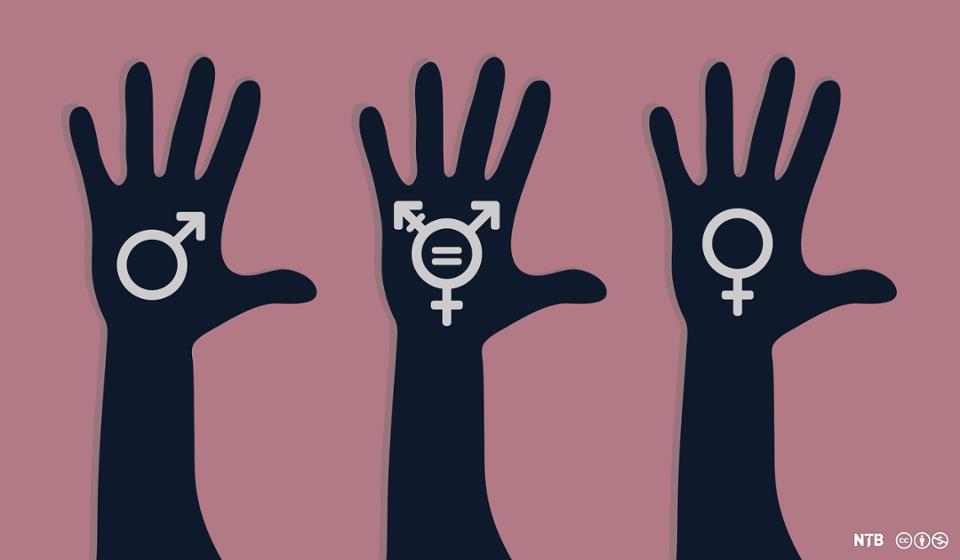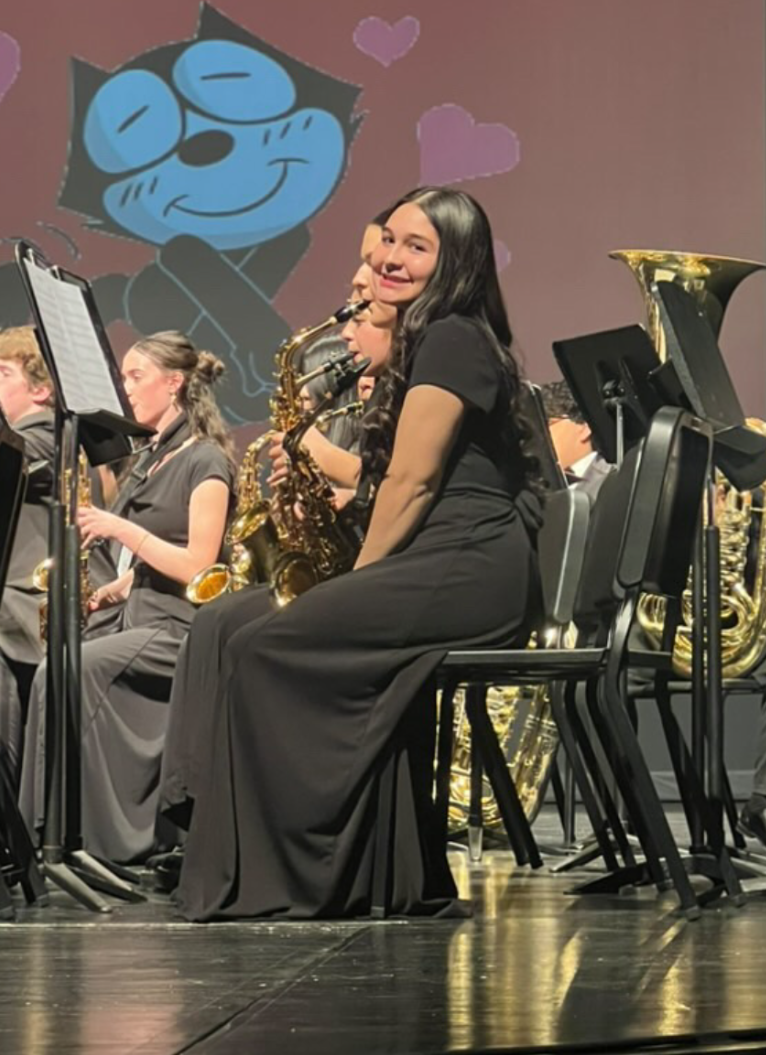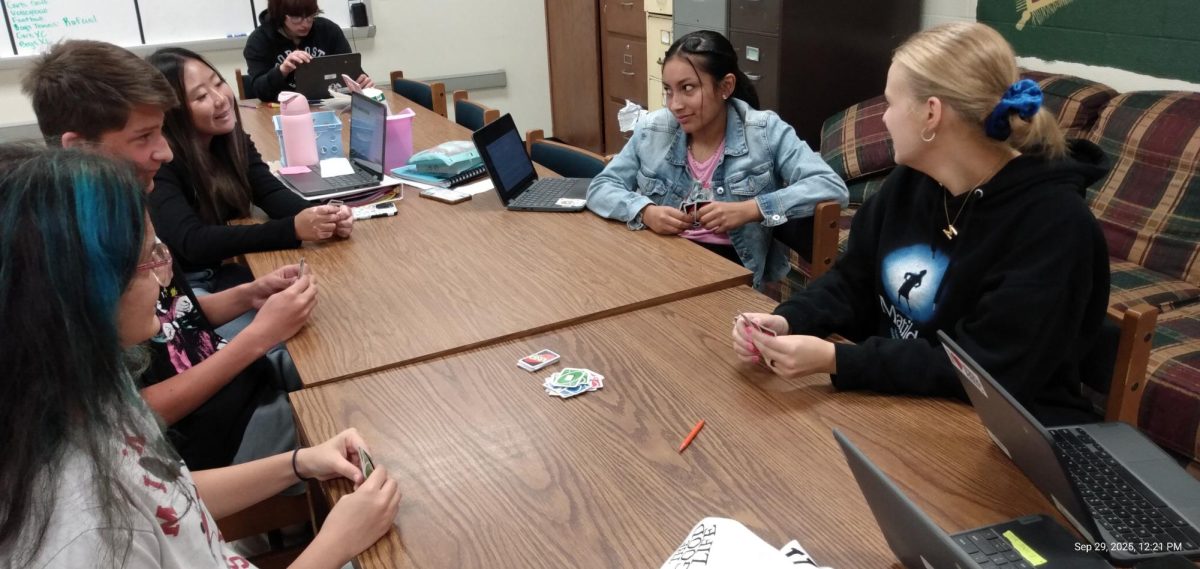Feminism is support for women’s rights based on the equality of sexes. A topic that has changed over the years. Throughout the mid-1800s, when women started to work, they were pulled away from the stereotypical housewife job. In 1920, the 19th Amendment gave American women the right to vote legally.
“Back then, men would work and women would stay home and be homemakers,” sophomore Maeda Bradbury said. “Now, women work, but they don’t have to go get a job; they have a choice as to whether they want to stay home or if they want to work.”
When people think about feminism, not everyone thinks about the same thing. The general idea typically has some common ideas, but it means more and less to some people than others. Some people just lie down in the middle. Some people don’t agree with the rights of women and wish things had remained the same. Many have strong opinions and have done research to learn and teach others about feminism.
“Feminism is the act of supporting and fighting for women’s equal rights,” Bradbury said.
Gender equality has been a long debate, whether the genders are equal or if they will ever be equal.
“Both genders are not equal,” freshman Ava Pe said. “Men still get paid more than women, and men still have more rights. At some point in time, women didn’t even have rights over their own bodies. If everyone really tried, maybe someday everyone could be equal, but will that ever happen? Probably not.”
Over time, women’s rights have changed a variety of times. It was broken up into three waves. The first wave consisted of women gaining property rights as well as voting rights.
“We first have the first-wave feminism, which is voting for women’s rights, which is where the women’s rights movement started with the suffragettes,” art teacher Charmaine Griffith said. “Even in that fight, white women took the lead, and any women of color were expected to be in the back of the line
Then, when the second wave came, it focused on equality and anti-discrimination.
“We have second-wave feminism, which came forward in the 1960s and continues to push a binary of genders,” Griffith said. “The second wave of feminism focuses on bodily differences. That is where we get the celebratory moon cycle, which is not all of second-wave feminism, but that is what a lot of people connect it with.”
The third wave goes back over and covers everything that was missed and looked over in the first two waves.
“We get to third-wave feminism, which started in the ’80s and ’90s,” Griffith said. “When we learned about intersexuality, where a black scholar introduced us to the word intersexuality, it started to help correct and let us see what we missed in the first and second waves of feminism. It starts to talk about gender and race and gender and disability.”
People tend to assume that only women can be feminists. Everyone can be a feminist, man or woman, straight, gay, trans, or anyone else if they want to help achieve complete gender equality, equal pay in law and practice, and an end to sexism and oppression.
“Everyone can be a feminist,” Pe says. “If you love women and support them, you can be a feminist. Feminism is fighting for women’s rights and equality.”














